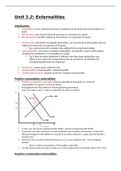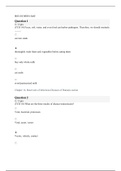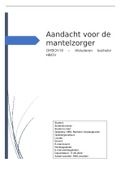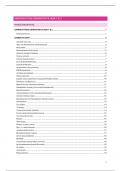Notes de cours
9708 A2 Economics — Unit 1.2: Externalities
- Cours
- Établissement
- Book
Unit 1.2: Externalities - Definitions - Positive consumption externality - Negative consumption externality - Positive production externality - Negative production externality - cost-benefit analysis
[Montrer plus]












